PFLAG’s History
The idea for PFLAG began in 1972 when Jeanne Manford marched with her gay son in New York’s Pride Day parade. After many gay and lesbian people ran up to Jeanne during the parade and begged her to talk to their parents, she decided to begin a support group. The first formal meeting took place in March 1973 at a local church. Approximately 20 people attended.
In the ensuing years, through word of mouth and community need, similar groups sprang up around the country, offering safe havens and mutual support for parents with gay and lesbian children. Following the 1979 National March for Gay and Lesbian Rights, representatives from these groups met for the first time in Washington, DC.
By 1980, PFLAG, then known as Parents FLAG, began to distribute information to educational institutions and communities of faith nationwide, establishing itself as a source of information for the general public. When Dear Abby mentioned PFLAG in one of her advice columns, the group received more than 7,000 letters requesting information. In 1981, members decided to launch a national organization. The first PFLAG office was established in Los Angeles under founding president Adele Starr.
In 1982, the Federation of Parents and Friends of Lesbians and Gays, Inc., then representing some 20 groups, was incorporated in California and granted non-profit, tax-exempt status. In the 80s, PFLAG became involved in opposing Anita Bryant’s anti-gay crusade and worked to end the U.S. military’s efforts to discharge lesbians—more than a decade before military issues came to the forefront of the LGBT movement. And by the late 80s, PFLAG began to have notable success in organizing chapters in rural communities. In 1987, PFLAG relocated to Denver under President Ellinor Lewallen.
In 1990, following a period of significant growth, PFLAG employed an Executive Director, expanded its staff, and moved to Washington, DC. Also in 1990, PFLAG President Paulette Goodman sent a letter to Barbara Bush asking for Mrs. Bush’s support. The first lady’s personal reply stated, “I firmly believe that we cannot tolerate discrimination against any individuals or groups in our country. Such treatment always brings with it pain and perpetuates intolerance.” Inadvertently given to the Associated Press, her comments caused a political maelstrom and were perhaps the first gay-positive comments to come from the White House.
In the early 1990s, PFLAG chapters in Massachusetts helped pass the first Safe Schools legislation in the country. In 1993, PFLAG added the word “Families” to the name and added bisexual people to its mission and work. By the mid-90s a PFLAG family was responsible for the Department of Education’s ruling that Title 9 also protected gay and lesbian students from harassment based on sexual orientation. With the group's Project Open Mind advertisements, PFLAG put the Religious Right on the defensive when Pat Robertson threatened to sue any station that carried the advertisements. The resulting media coverage drew national attention to its message linking hate speech with hate crimes and LGBT teen suicide. In 1998, PFLAG added transgender people to its mission.
At the turn of the century, PFLAG began to develop nationally coordinated programs in order to better focus the grassroots network. Programs like From Our House to the School House, the Scholarship Program, the Diversity Network, Bringing the Message Home, and Welcoming Faith Communities are already showing results.
